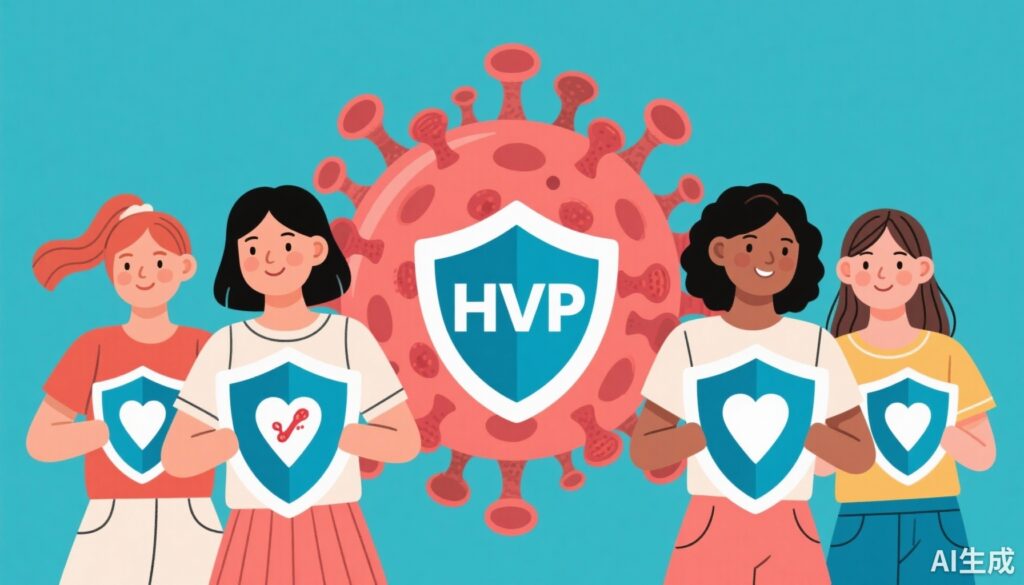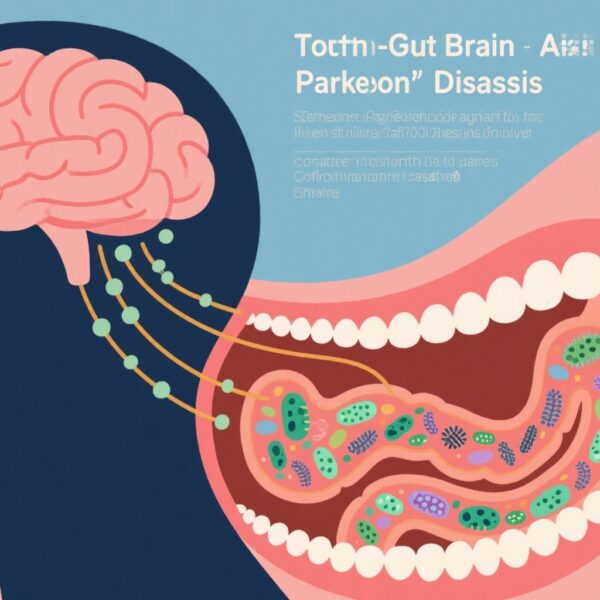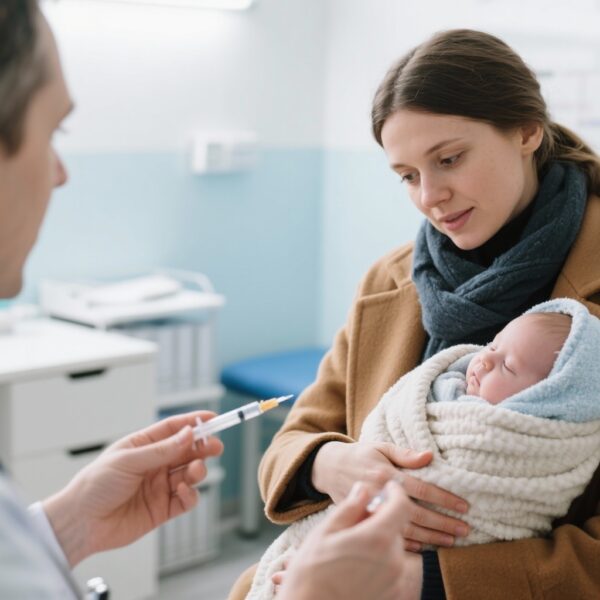Highlight
Four main points emerge from the study: (1) The introduction of HPV vaccines over 17 years has led to marked reductions in vaccine-type HPV infections among vaccinated young women. (2) Herd protection effects are evident, with decreases in HPV infection also noted in unvaccinated women. (3) These benefits persist despite participants being sexually experienced and at increased risk for HPV infection. (4) Population-level data affirm the real-world impact of both the 2-valent, 4-valent, and 9-valent vaccines across time.
Study Background and Disease Burden
Human papillomavirus (HPV) infection remains a leading cause of anogenital and oropharyngeal cancers worldwide, with cervical cancer being among the most common HPV-related malignancies in women. Prophylactic HPV vaccines, first introduced in the mid-2000s, including the 2-valent (2vHPV), 4-valent (4vHPV), and later the 9-valent (9vHPV) vaccines, target high-risk HPV types responsible for the majority of cancers. Clinical trials have established high efficacy of the vaccines; however, understanding their effectiveness in real-world, postlicensure settings, particularly among sexually experienced adolescent girls and young adult women at increased risk, is critical to guide vaccination policy and optimize cancer prevention strategies.
Study Design
This cross-sectional analysis pooled data from six surveillance studies conducted between 2006 and 2023. The study population comprised 2,335 sexually experienced adolescent girls and young women aged 13 to 26 years recruited consecutively from clinical settings, with a predominance of African American participants (65.4%) and a significant proportion reporting histories of sexually transmitted infections (51.2%) and multiple (≥2) male sex partners (78.9%). HPV vaccination status was categorized as vaccinated if participants had received at least one vaccine dose. The study applied inverse probability of treatment weighting with propensity scores to adjust for differences in participant characteristics across study waves. Key outcome measures included HPV DNA positivity for at least one vaccine-targeted HPV type, evaluated separately for the 2vHPV, 4vHPV, and 9vHPV targets.
Key Findings
Vaccination uptake rose dramatically from 0% in 2006 to 82.1% by 2023. Among vaccinated participants, prevalence of HPV types targeted by the 2vHPV dropped from 27.7% to 0.4%, indicating a 98.4% relative reduction. Similarly, 4vHPV-type prevalence decreased from 35.4% to 2.1% (94.2% relative reduction), and 9vHPV-type HPV prevalence declined by 75.7% (48.6% to 11.8%).
Importantly, substantial reductions were also observed among unvaccinated participants, signifying herd protection. For the 2vHPV types, prevalence fell from 25.8% to 7.3% (71.6% relative decrease), and 4vHPV-type prevalence decreased by 75.8%. Reductions in 9vHPV type prevalence were less pronounced at 27.2% among unvaccinated women.
Adjusted logistic regression analyses supported these findings. The odds of infection with at least one 2vHPV type were significantly reduced across all participants (aOR 0.03), vaccinated (aOR 0.01), and unvaccinated (aOR 0.23). Similarly, 4vHPV infection odds were markedly lower. For 9vHPV types, significant reductions were seen in all and vaccinated groups but were less clear in unvaccinated participants.
These data underscore comprehensive vaccine effectiveness and widescale herd effects extending 17 years post-implementation, despite incomplete vaccination courses among many high-risk young women.
Expert Commentary
These findings represent compelling evidence of the public health impact of HPV vaccination programs in diverse, high-risk adolescent and young adult female populations. The marked reduction in vaccine-type HPV prevalence among vaccinated individuals affirms clinical trial efficacy translates into real-world effectiveness. Equally important are the herd protection benefits observed among unvaccinated women, likely attributable to reduced transmission within the community.
The study’s inclusion of populations at elevated risk, including sexually experienced young women with prior sexually transmitted infections and multiple partners, addresses a critical knowledge gap. It demonstrates that vaccination can confer protection even when administered after sexual debut, albeit ideally vaccination prior to HPV exposure remains optimal.
Some limitations include the observational, cross-sectional design and potential residual confounding despite propensity score adjustments. Additionally, long-term follow-up will be essential to confirm sustained vaccine impact on HPV infection and, ultimately, cervical cancer incidence.
Nevertheless, these robust data support continued efforts to improve HPV vaccine coverage and completion rates worldwide, with a particular emphasis on reach into higher-risk groups.
Conclusion
Seventeen years following HPV vaccine introduction, this large, multi-wave surveillance study demonstrates robust population-level effectiveness and herd protection in adolescent girls and young women at increased risk for HPV infection. Substantial reductions in vaccine-type HPV prevalence among both vaccinated and unvaccinated individuals highlight the vaccine’s critical role in controlling HPV transmission and lay the foundation for continued declines in HPV-related cancers. These findings reinforce current vaccination recommendations and underscore the public health imperative to enhance vaccine access and uptake.
References
1. DeSieghardt A, Ding L, Ermel A, Franco EL, Dagnall C, Brown DR, Yao S, Kahn JA. Population-Level Effectiveness and Herd Protection 17 Years After HPV Vaccine Introduction. JAMA Pediatr. 2025 Sep 29. doi:10.1001/jamapediatrics.2025.3568. Epub ahead of print. PMID: 41021257.
2. Garland SM, Kjaer SK, Muñoz N, et al. Impact and effectiveness of the quadrivalent human papillomavirus vaccine: a systematic review of 10 years of real-world experience. Clin Infect Dis. 2016;63(4):519–527.
3. Drolet M, Bénard É, Boily MC, et al. Population-level impact, herd immunity, and elimination after human papillomavirus vaccination: a systematic review and meta-analysis of predictions from transmission-dynamic models. Lancet Public Health. 2019;4(1):e19–e31.



